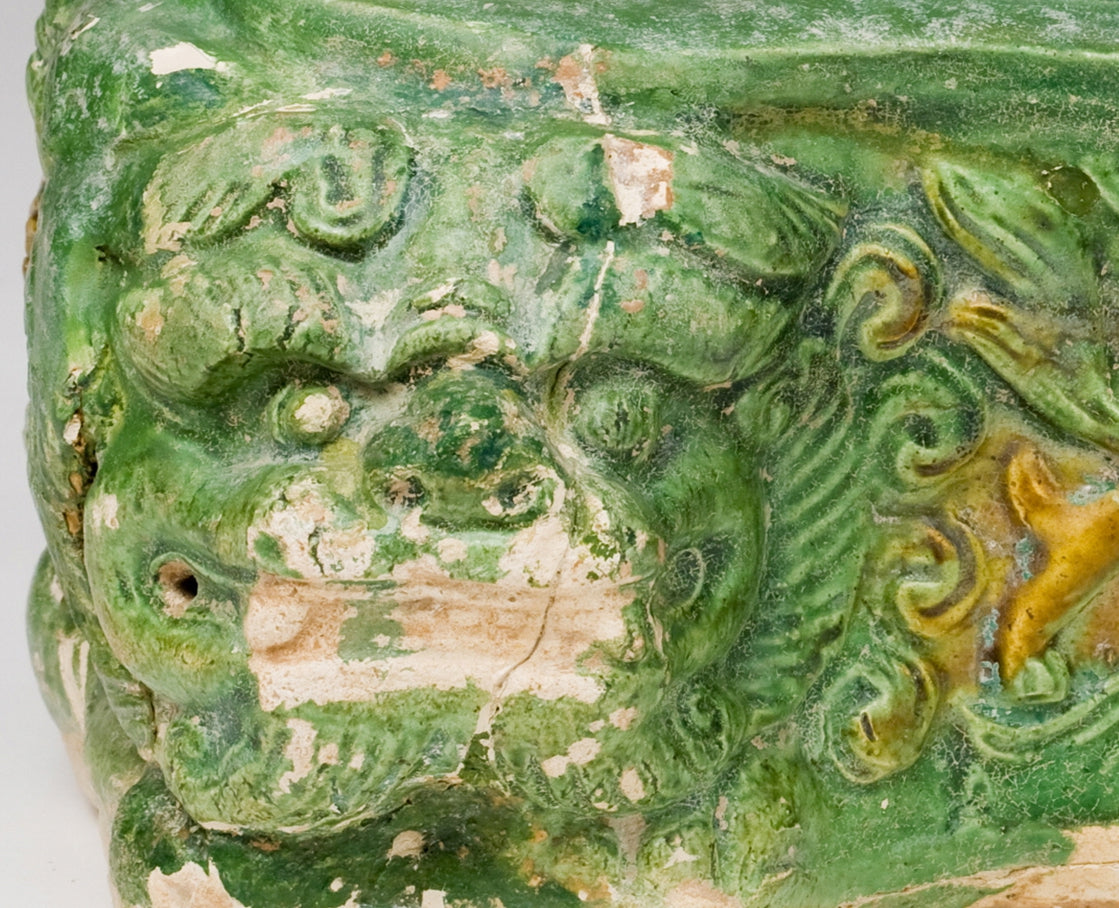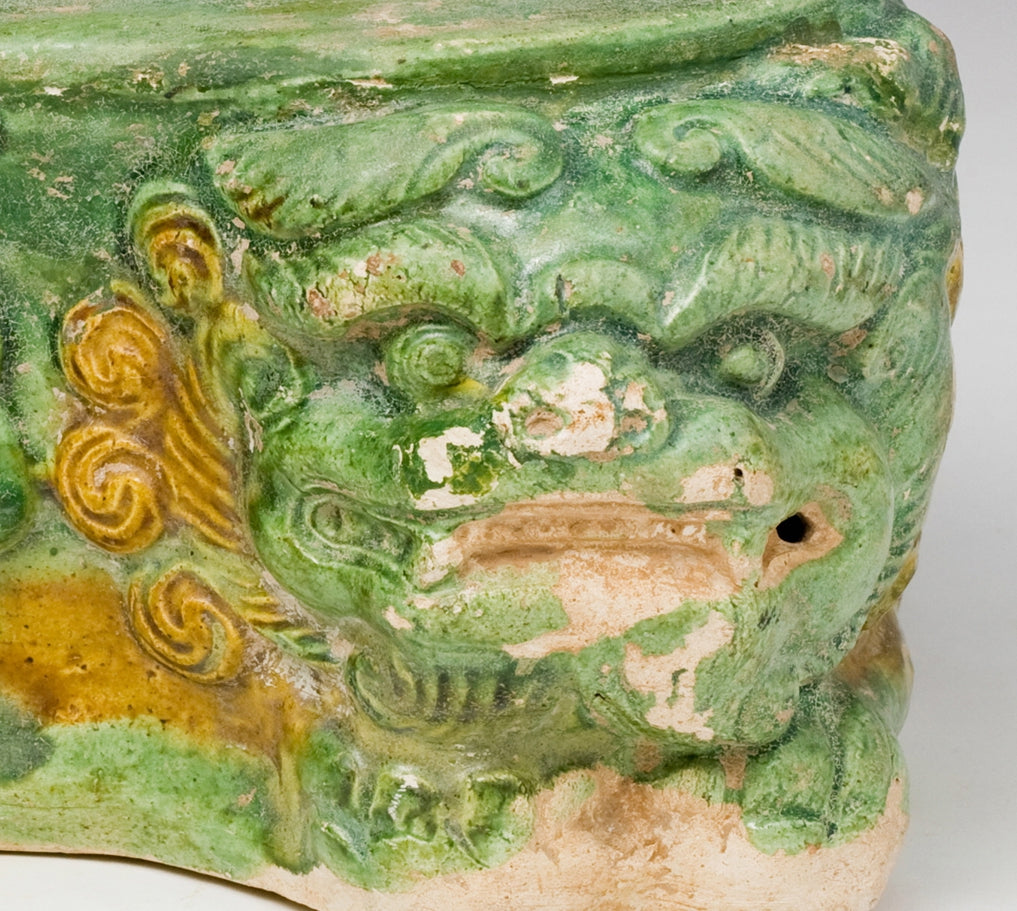Sancai-glazed pottery 'Haitai' Pillow, Tang dynasty
Sancai-glazed pottery 'Haitai' Pillow, Tang dynasty
Couldn't load pickup availability
The pillow is intricately decorated with a vibrant pattern, demonstrating the craftsmanship and artistic sensibilities of the period. The Haitai is a creature from Chinese mythology, often considered a symbol of power and authority. Such pillows were popular among the elite class of the time and may have been made for decorative purposes or actual use.
The body of the pillow is sculpted to resemble the body of the Haitai, which relates to the then-common belief that such images could induce good dreams and ward off nightmares.
Date : Tang Dynasty(618-907)
Made in : Henan province
Size : 11.1cm (Height), 30cm(Diameter)
Condition : Good(Slight Crack on the surface)
Provenance : Acquired in 1999, Hongkong
Reference : Sotheby's Hongkong 28 July 2022 - Chinese Art Online: A Private Asian Collection - Lot3081
https://www.sothebys.com/en/buy/auction/2022/chinese-art-online-a-private-asian-collection/a-sancai-tiger-pillow-liao-dynasty-and-a-carved
* Tang Dynasty San-cai
Tang Sancai glazed pottery refers to a type of Chinese ceramic that became famous during the Tang Dynasty (618-907 AD). "Sancai" translates to "three colors," which typically are brown, green, and cream or white. Occasionally, blue was also used. These colors were achieved through the use of metallic oxides in the glaze, which, when fired at high temperatures, produced vivid colors that have retained their brilliance over centuries.
The art of Sancai pottery is characterized by its decorative and functional purposes. It includes items such as figurines, vessels, and architectural elements. Tang Sancai ceramics were often used as burial items, intended to accompany the deceased in the afterlife. The pieces frequently featured images of people, animals, and mythical creatures, reflecting the Tang Dynasty's cosmopolitan culture and the religious and mythological beliefs of the time.
The distinct look of Sancai comes from the way the glazes melt and run together, creating a flowing effect that makes each piece unique. This pottery is a valuable part of China's cultural heritage and provides insight into the sophisticated ceramic technology of the Tang Dynasty.










